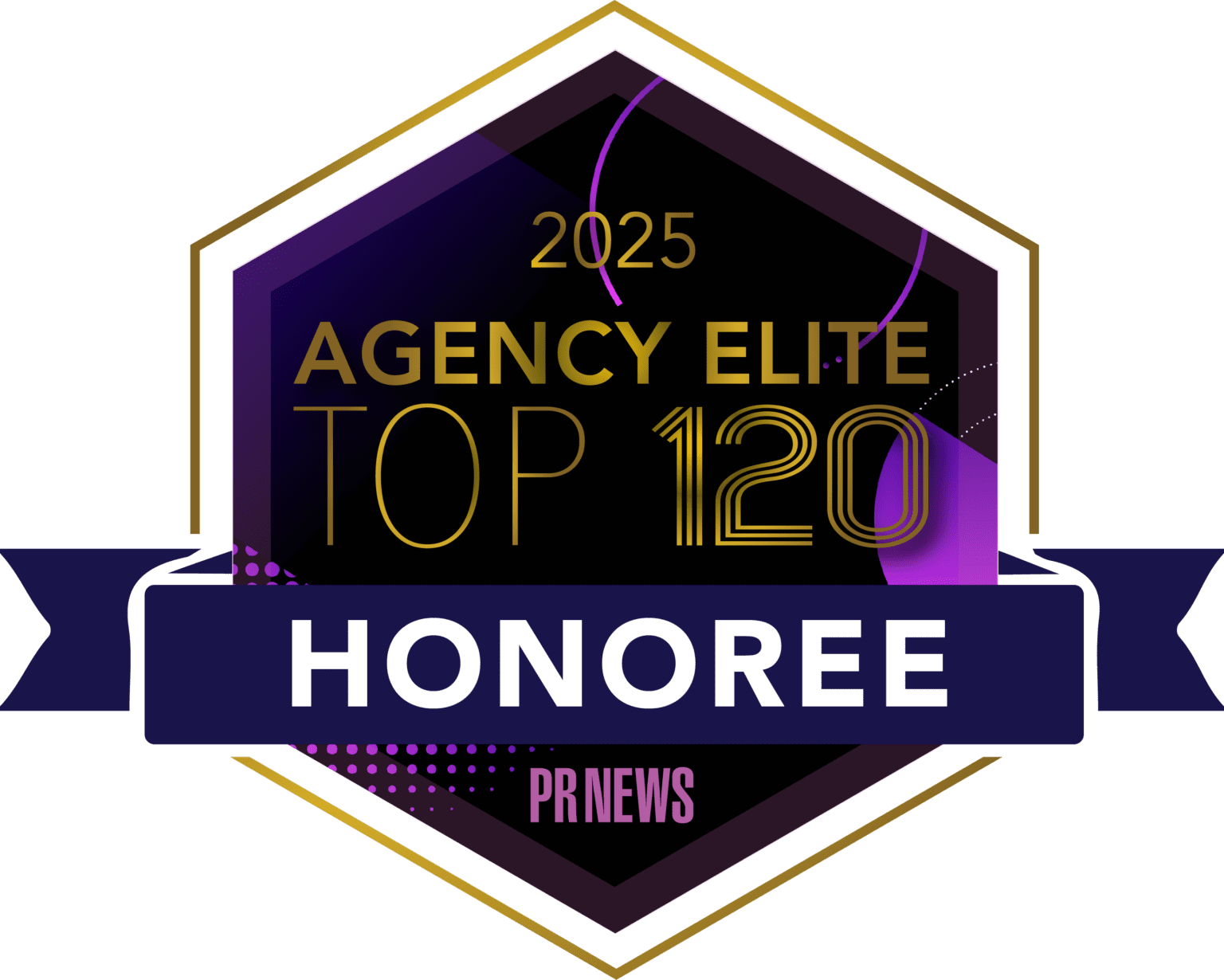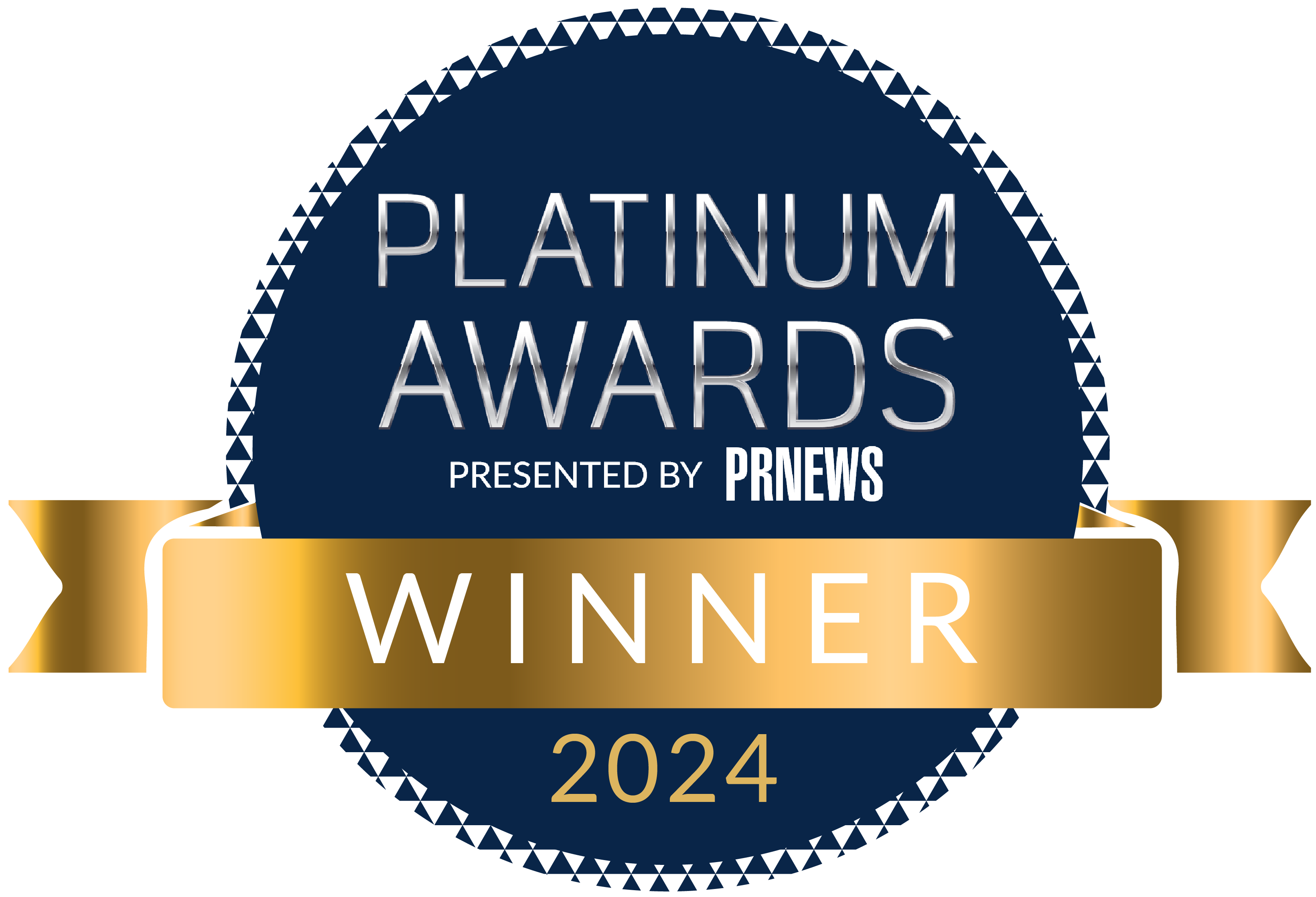Thought leadership has been included in PR proposals and blog posts (including FischTank’s) since I’ve been in the business. There’s just one problem, and that’s that I don’t think anyone really knows what it means. For some, thought leadership is controlled content like blog posts and op-eds / bylines. For others it means brand visibility. And some marketing professionals may measure it more in comparison to their competitors using a metric like Share of Voice.
Like a question you pose to an attorney, expect a different answer from every PR and marketing guru you know. We’re adding one more to Google Search results, and hope this overview of how FischTank PR perceives and executes thought leadership is helpful.
…what is thought leadership?
Wikipedia defines thought leadership as, “…an individual or firm recognized as an authority in a specific field and also as business jargon.”
Business jargon, you say?
I really can’t do much better than Wiki, but I can tell you what I hear the most from who aspire to be a thought leader and who make comparisons using competitors: “That gal/guy is everywhere!” or “Do you follow ZYX in LI?” or “I want to be like XYZ…”
Thought leaders are omni-present. You’ll read about them in press articles or listen to them on podcasts. Maybe you subscribe to their blog or have heard them speak at conferences. Regardless of what they do, you’re sure to be shovel-fed their content 24/7 on LinkedIn. These individuals have opinions that whether you agree with them or not, everyone seems to find informative and worth engaging.
It’s often these individuals who use their name/brand to drive business development, engage with investors, recruit top talent and grow their business. Not every business leader is an extrovert, but most business leaders benefit from having service, product or offering in front of more eyeballs.
Business jargon and the hard truth about thought leadership.
Maybe it’s too soon to point this out, but the reality about thought leaders is that a good majority don’t really know what they’re talking about. Sometimes they just have really good public relations and digital marketing teams. Maybe they’re just opportunistic. Most of the time they’re just very good at self-promotion and online marketing, and it’s resulting in their network paying attention.
How do they do it?
Publishing relevant, insightful content intended for specific audiences on your blog or other self-publishing platforms (Medium, LinkedIn, etc.).
There are way too many “6 PR Lessons to Learn from Taylor Swift” and not enough “The 6 Press Release Distribution Companies to Know” blog posts.
If you’re going to put pen to paper, start with something that is tangible and actually provides insights relevant to your industry. Blogging accomplishes many objectives that relate to thought leadership.
Long-form optimized blog content (like this one) is back in vogue with Google these days, so not only could you receive long-term site traffic, but it will benefit your name and corporate URL’s SEO/ORM. Prior to starting, do a Google search for your name and website. After blogging for six months, do it again and notice the improvement in ranking.
The content can be leveraged or promoted on LinkedIn, Twitter, Reddit and other social media platforms enabling both very broad and very targeted visibility. It also be used in your marketing/sales funnel – like email marketing – creating yet another way to demonstrate brand expertise and insight.
Sharing insights and ideas with journalists.
If you’re already blogging, you likely have insights and expertise worth sharing beyond just your immediate network. Subscribe to HARO, ProfNet or Qwoted and keep an eye out for what journalists are looking for.
If you have more time and really want to lean into proactive media relations, the best way to engage journalists is to carefully cultivate a media list of reporters who actually cover your specific industry (not just 7000 journos with a Technology beat description). When you see an industry trend or wake up at 4am with a hot take, shoot them a quick email summarizing it and offering to expound.
I must emphasize that relationship-building with journalists often requires time and patience. The ROI is not always there month one or even by month six. Smart media relations programs are built by engaging reporters to share ideas and insights unrelated to your brand. The trust gained between source and journalist can often result in getting the right coverage at the right time in top-tier media publications, enabling a brand to reach thousands or millions of eyeballs. Again, the media mentions add up and often impact SEO/ORM for your brand in the long-run, further entrenching you as a thought leaders. As usual, coverage is great fodder for social media.
Speaking to breaking news (trendjacking).
Similar to sharing ideas and insights with journalists, doing so in real time is what at FischTank refer to as trendjacking, or speaking on news shortly after it breaks. Trendjacking can often result in commentary in far-reaching press like The Wall Street Journal, Reuters, Bloomberg, The New York Times and so many other quality business and trade publications. Once again, make sure you or a PR firm has spent time cultivating a list of reporters who break news in your brand’s respective industry and don’t write only long-form features. If you are available and insightful to journalists when they need you most, then they are more likely to quote you not only now, but also revisit your company’s insights and/or breaking news under embargo.
Getting active and optimized on social media.
I know, I know. A few paragraphs lecturing on the pros of using social media isn’t what anyone wants to read. It’s not fun for me either, but it is necessary.
Many of us are active on LinkedIn and Twitter, and some of us are effectively using Facebook, Instagram, TikTok. No, I am not saying you need to be everywhere, especially since social media marketing tactics are somewhat dependent on industry. Let’s focus on LinkedIn and Twitter to start.
In the B2B world, LinkedIn is really the most powerful tool for a brand or individual that wants to be established as a thought leader. You’ve seen the like. They publish long posts with just the right amount of hashtags, take photos or videos while attending events and tag a bunch of people, and often share personal anecdotes. Spammy? Sometimes, but it works. Everyone has their own voice and respective tone on LinkedIn so it’s not my place to lecture on content, but I will make these general recommendations:
- Don’t just think about yourself! Search topics relevant to you and your brand / industry, and engage, engage, engage.
- Publish between 10am Tuesday and 2pm Thursday
- Don’t use too many hashtags, maybe two or three in-line and two or three at the bottom, max
- Be contemporary. Don’t post about something that happened four months ago.
- Try to include an image or a link with an image
- Bonus points if the image is of you and/or colleagues
- Tagging others is highly recommended, especially when showing appreciation or highlighting partnerships
- Be authentic and not overly formal
- Engage in the comments section
Twitter of course has its own set of rules, too. Similar to the first bullet above, focus less on talking and more on finding the right conversation. Engage and repeat. Otherwise, follow similar guidelines in creating long-form tweets, utilizing photos, leveraging the right hashtags, and more.
Keeping an eye on your digital reputation (ORM)
I’ve written before about why more CMOs and communications leaders should pay attention to the first page of Search results for their brand and its executives. It can take one search result to make or break the perception of one as a thought leader. PR and digital PR teams should constantly seek out new opportunities to improve search position and ranking for key phrases and people, and adjust marketing and communications strategies to address.
Hitting the road for conferences and tradeshows
While much of the business world has remained virtual, conferences and tradeshows are in full swing again. The last five or six I’ve attended have been sold out weeks in advance. Many of these conferences have panels, and many of these panels have two kinds of opportunities – paid ones through sponsorship / financial compensation, and organic ones based on submitting an overview or abstract, or simply by invitation. Paid speaking opportunities do have value to the effect of you’re still speaking in front of a targeted audience, and still able to leverage photos and panel inclusion on social media.
I suggest taking a few weeks, preferably early in the year, and creating a spreadsheet of all events that are relevant to your industry and audience(s). Research past panelists and attendees, and look up the contact information for both sponsorship and speaking opportunities – they are hopefully two different points of contact. From there, starting getting an understanding of panel subject matter and pricing opportunities, before choosing to submit or sponsor for a speaking role.
Make sure these visual and engaging opportunities are leveraged on social media, especially LinkedIn. If you’re speaking on a panel, make sure someone takes photos, and make sure you tag the other panelists and moderators, which will then only increase engagement.
Summing it up + working with FischTank PR for thought leadership.
Thought leadership can be tough to define, but the steps to help get a brand or individual there are not. All of the tips above start with sharing – providing actionable insight and advice, and being willing to put yourself or your brand out there and standing behind it. For brands who are ready to step out of the shadows and speak to contemporary, challenging and important issues, thought leadership should be fun and productive. To learn more about how FischTank PR conduct thought leadership campaigns for its clients, please email us at [email protected]




